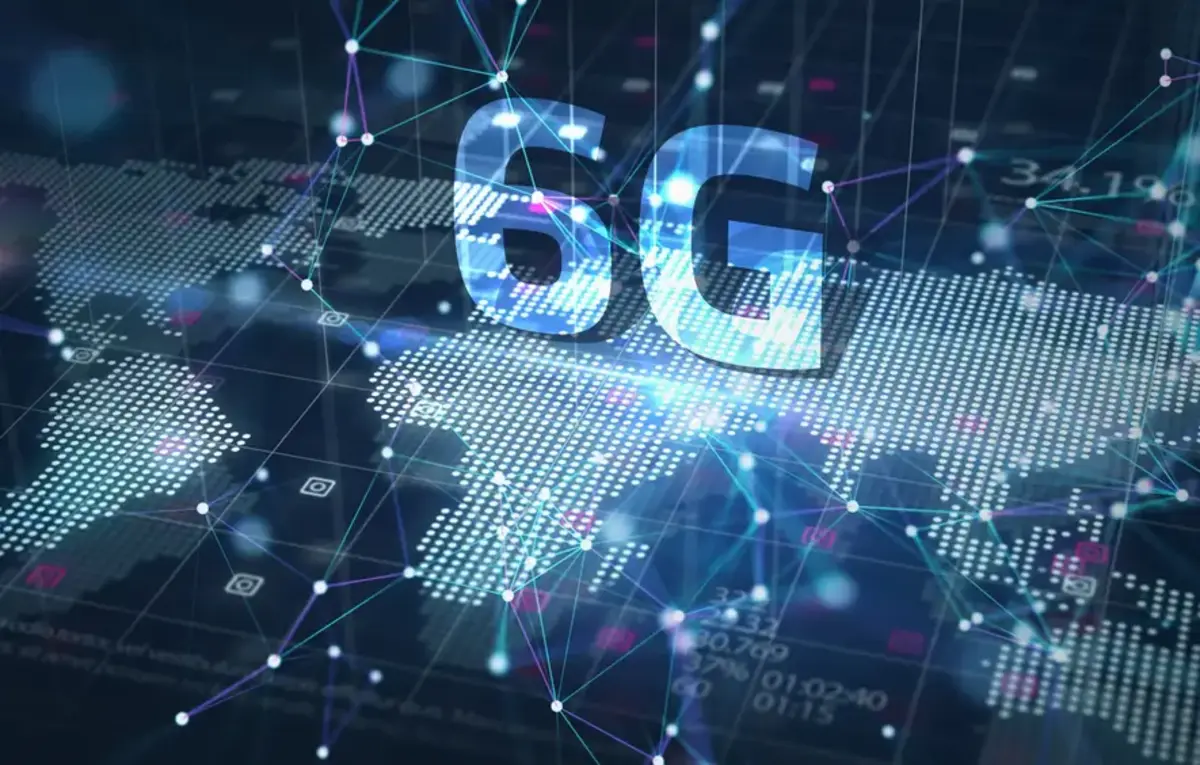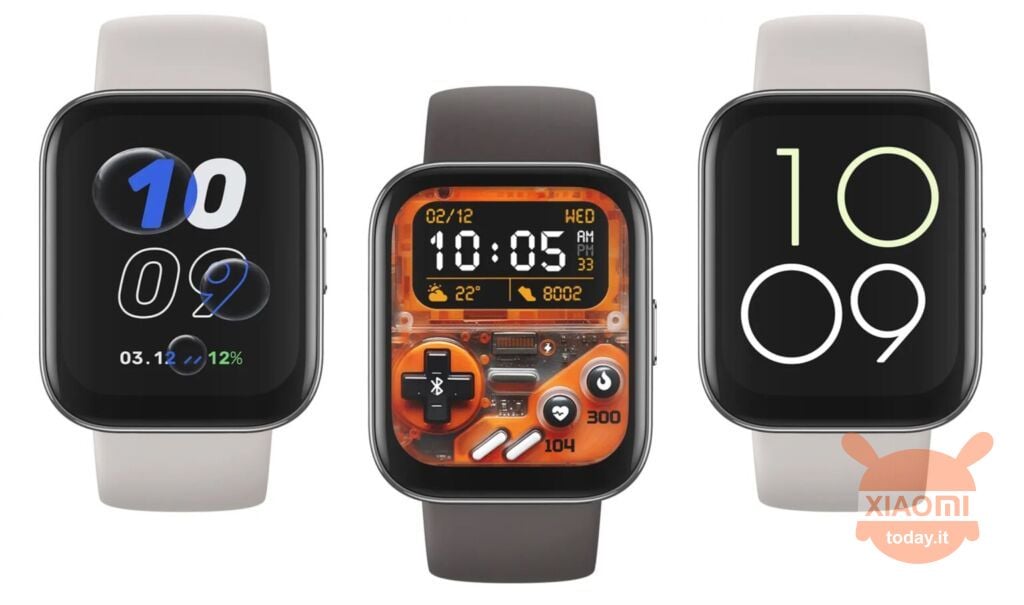A consortium of companies in Japan has tested the world’s first high-speed wireless device for sixth-generation (6G) cellular networks. During tests, it was possible to achieve a data transfer rate of 100 Gbps at a distance of more than 90 meters; this is at least 10 times the maximum figure for 5G.
At a speed of 100 Gbps, you can transfer, for example, five movies per second in HD format. This is 500 times faster than the average speed on American telecommunications operator T-Mobile’s 5G networks, according to German company Statista.
Test results conducted by Japanese companies show that a 6G wireless device can transfer data at 100 Gbps using the 100 GHz band indoors and 100 Gbps using the 300 GHz band outdoors. The device was tested at an altitude of 100 meters.
Commercial use of 5G networks began in 2019. Now this standard is the most relevant standard of wireless communications, and its support is implemented in most modern smartphones. The average speed of 5G connection on T-Mobile’s 5G networks is 204.9 Mbps, and the theoretically achievable 5G limit is 10 Gbps.
Although the implementation of 5G in many countries is far from complete, scientists are already working on the creation of next-generation standards. The infrastructure for 6G networks is under development and commercial use of the standard is expected to begin within the next decade.
The main difference between 5G and 6G lies in the different frequency ranges of the electromagnetic spectrum used by devices of different standards. Operating at higher ranges generally means much higher speeds. According to 6GWorld, 5G networks generally transmit data below 6 GHz, but can also be expanded up to 40 GHz. According to Nokia, 6G networks will use higher frequency bands between 100 GHz and 300 GHz. The use of higher frequency bands means not only an increase in data transmission speed, but also the need to create a new infrastructure for transmitting and amplifying signals.













